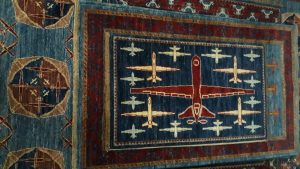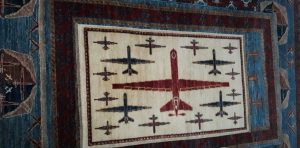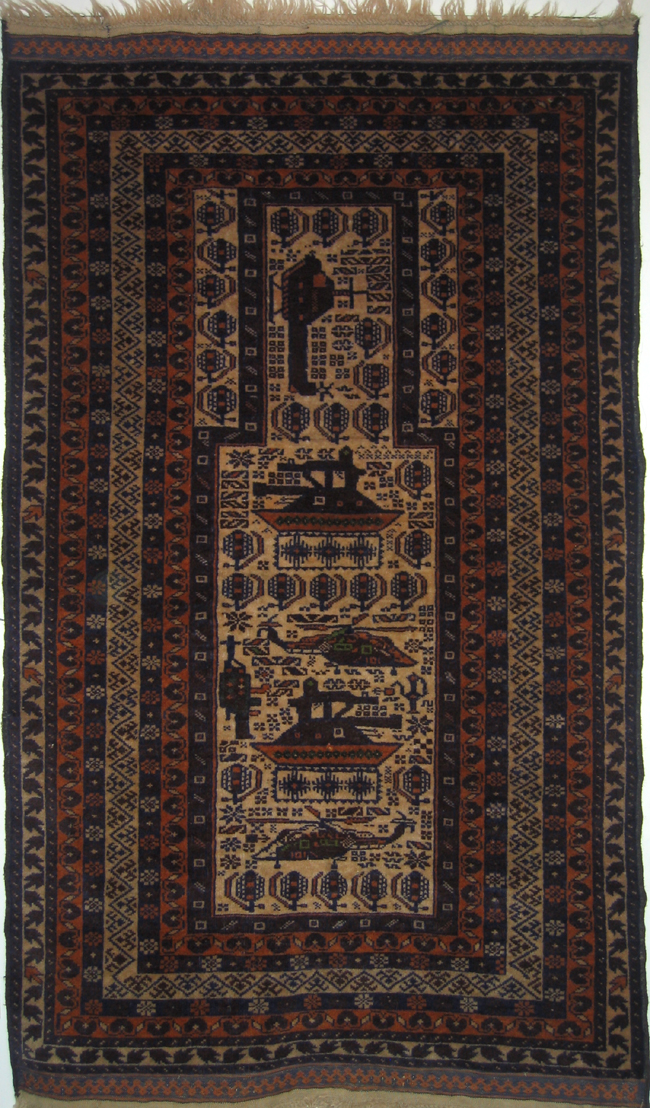If you are interested in a drone rug, now is a good time to ask. The 2019 collection will, hopefully, be arriving soon, and as the supply goes down the price will go up, so write soon for the best prices
.American Foreign Service Legal Defense Fund
To honor their oaths, some American civil servants are taking considerable risks and expense to describe the machination of the American government. Specialized legal council is important for these civil servants, but such expenses are not built into civil service salaries, so a fund has been set up to help civil servants with these expenses. More info here:
Young Castro
In his second book about Cuba, Jonathan Hansen describes a different Fidel Castro than I knew. A highly educated and sporting man whose vision of a liberal nationalism for Cuba with civil and political liberties which later disappeared. Great book and interesting op-ed in today’s New York Times.

Info about Temple Exhibition
Temple has put together an informative website about the show of war rugs they hosted in 2016. The present a good inventory the rugs, and an interesting commentary.
The Libraries and the Intellectual Heritage Program present an exhibition of Afghan War Rugs, traditional hand knotted carpets that combine ancient practice with the latest in the daily lives of the weavers. Many of the rug designs originate in antiquity, but since the 1980’s now incorporate the war that spans from the Soviet invasion through today’s battles with the Taliban. The weavers have witnessed epic historical events, encoded them in their traditional art, and wrought important contemporary art
Here is our inventory of the rugs warrug.com loaned them for the show.
That Rug Really Tied the Room Together, Did it Not?
Warrug.com gets a lot of traffic, but what was the most viewed file in September 2018? A blog post from 2006 about regular rugs we were selling at the flea market entitled contained one photo that has achieved an obscure internet fame. The Mashad rug we were selling looked just like the rug which The Dude took of the Big Lubowoski (and Maude stole back.)
Well here it is again:
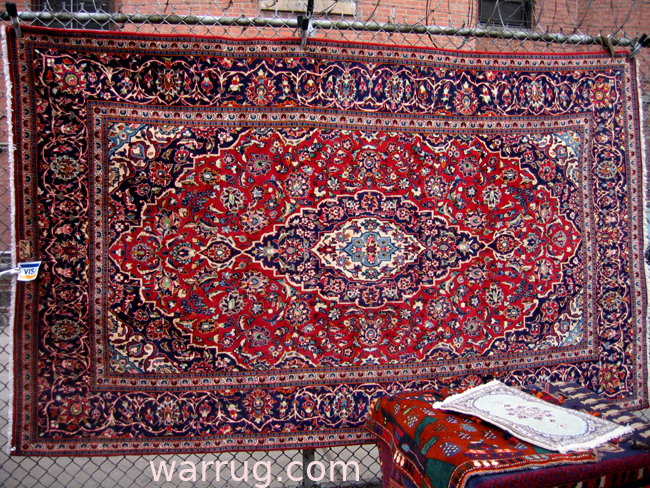
Funny thing is, I do not know who is using the photo, or where on the internet is posted.
The Jacques Cadry Collection
In 2017 there was an exceptional auction in Australia, which I just learned about from Luca Brancati’s Pinterest, of the Australian rug dealer and expert Jacques Cadry’s collection.
Here is a fine Kirman pictorial rug showing a scene familiar to fans of Afghan Pictorial rugs showing a garden scene with a woman pouring wine in a scene taken from Omar Khayyam’s Rubaiyat.

Here is an Afghan take on the same subject:
Some of the Soviet figure rugs and war rugs sold looked familiar from the work of Nigel Lendon and Tim Bonyhady. If you know the location of that resource, please contact me.


Here are some fascinating rugs. The price estimates looked good, so I regret missing the opportunity to bid.

This one is amazing, with Alexander of Macedonia’s citadel.

There were four Baghlani rugs in the auction, each one unusual and cool.

There were also a few examples of so-called Diamond Herati designs, which are the famous Herati design from Herat area.

Finally, there are a couple rugs which provide a unique and important perspective on an Turkish war rug from around the time of World War I
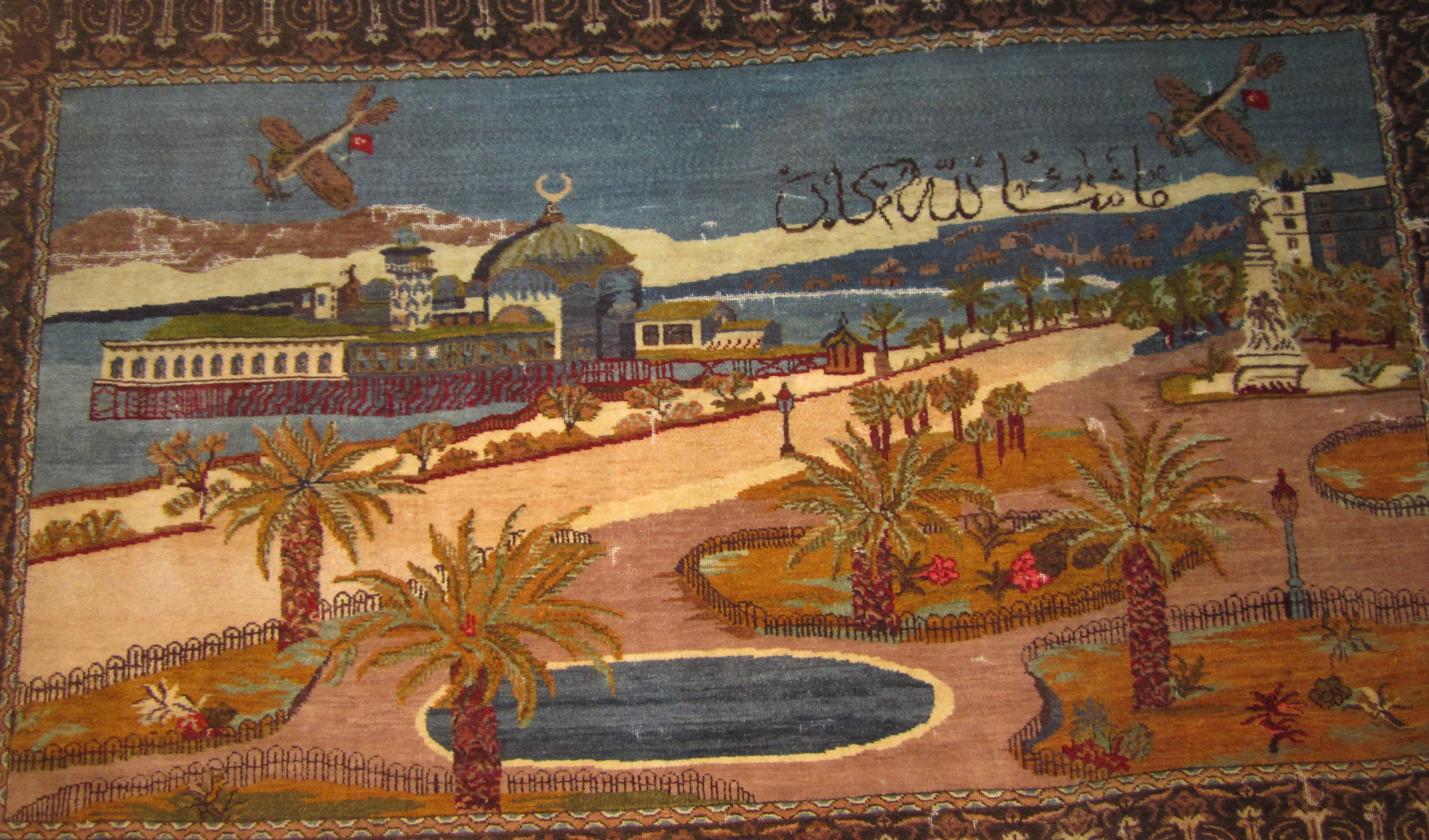
Available, please stay tuned for better photos.
Graham Gower’s donation to British Museum
While looking at Luca Brancati’s war rug Pinterest I discovered a
rug in the collection of the British Museum which was donated by Graham Gower in 2010.

The most similar rug, that I have seen, to the rug above is this beautiful rug from the second iteration of the Weavings of War show which traveled the US from 2005 to 2007.
Graham Gower donated some other gems too.

More
More object details are here.

The The rest of Graham Gower’s donation is here.
Succinct list view. The dates are compelling
Giant Map Rug of Egypt
The rug behind these guys is amazing. Would love to know more about it.
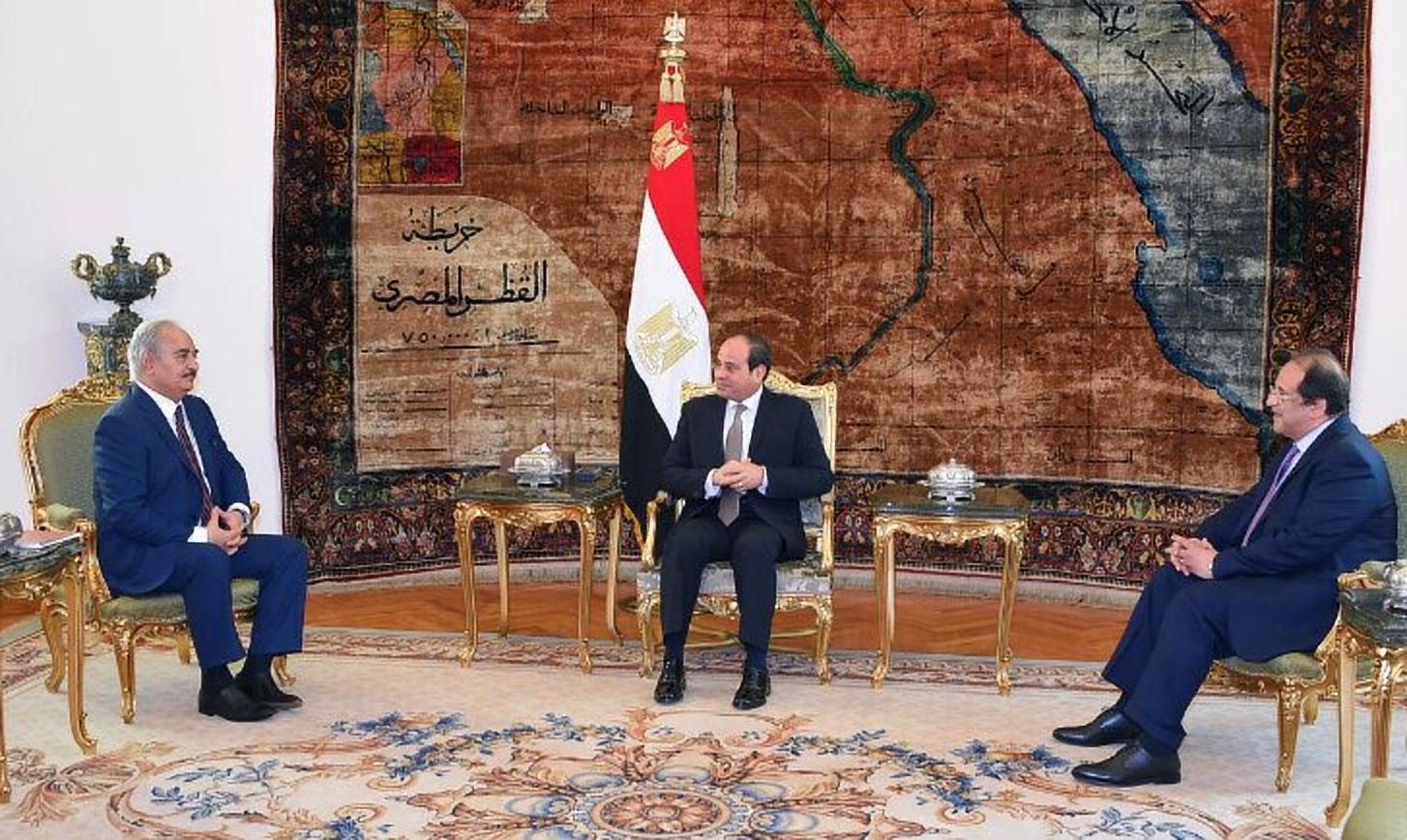
Source
The border looks a little like this rug:
From a different angle and era:

The Salt Lake Tribune says the rug is “1930’s era carpet depicting a map of Egypt.”
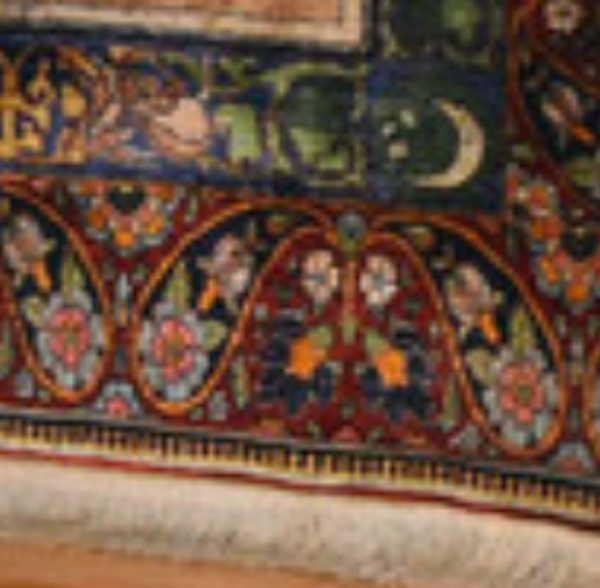
Artsy Story about War Rugs, Boetti, and Leah Dixon
Vanessa Thill wrote an an interesting piece about war rugs for Artsy. which reaffirms Alighiero Boetti’s influence on world map rugs.

Alighiero Boetti, Mappa, 1983-1984
Tornabuoni Art
Despite decades of war, ancient pattern techniques that can take months or years to complete are still passed from mother to daughter. Testimony from the makers of these carpets is difficult to obtain, as many of these works remain unattributed, and the female weavers lack easy access to modes of international communication. But the largest online archive of Afghan war rugs, maintained by New York–based artist Kevin Sudeith, offers information and an online store. Still, the weavers’ authorship is often lost when these works go to market, yet their masterful compositions reveal a dark humor and complex commentary on contemporary life.
In the carpets’ compositions, perspectival viewpoints merge and flatten to integrate three-dimensional forms with maps and repeating decorative patterns. Some of the rug designs are based on Charbagh, a quadrilateral layout inspired by the four gardens of Paradise described in the Qur’an. Another genre of rugs depicts national maps of Afghanistan, which may have been influenced by Alighiero Boetti’s map series.The Italian Conceptual artist traveled to Afghanistan and Pakistan in the 1980s and worked with female weavers, first in Kabul and later in Peshawar, to create brightly colored tapestries depicting world maps with national flags labeled with bold text. In keeping with his interest in chance, Boetti sometimes left the color choices up to the women.
….
Because many artists shy away from this touchy subject matter, Dixon found unlikely peers in the anonymous rug weavers. The horrors of violence and the destruction of everyday life manifests in these carpets with an absurd levity. Dixon first created her own version in 2010—not woven but cut from colorful yoga mats. She described the work as an homage to the carpet weavers—and a jab at the United States’s commercialized relationship to war.

Leah Dixon, Don’t See a Need for Middlemen I, 2017–19.
Drone Rug in NY Times Opinion Piece
Opinion: The Secret Death Toll of America’s Drones
The Pentagon says American airstrikes in Somalia have killed no civilians since President Trump accelerated attacks against Shabab militants there two years ago.
Amnesty International investigated five of the more than 100 strikes carried out in Somalia since 2017 by drones and manned aircraft, and in just that small sampling found that at least 14 civilians were killed.
The Pentagon says airstrikes by the American-led coalition fighting the Islamic State killed at least 1,257 civilians in Iraq and Syria as of the end of January.
Airwars, a university-based monitoring group, estimates that those strikes killed at least 7,500 civilians in those countries.
Those disparities show how poorly the American public understands the human cost of an air war fought largely by remote-controlled drones. Drones have been the main weapon in the counterterrorism fight for more than a decade. They kill extremists without risking American lives, making combat seem antiseptic on the home front. But the number of civilians killed in these attacks is shrouded in secrecy.
